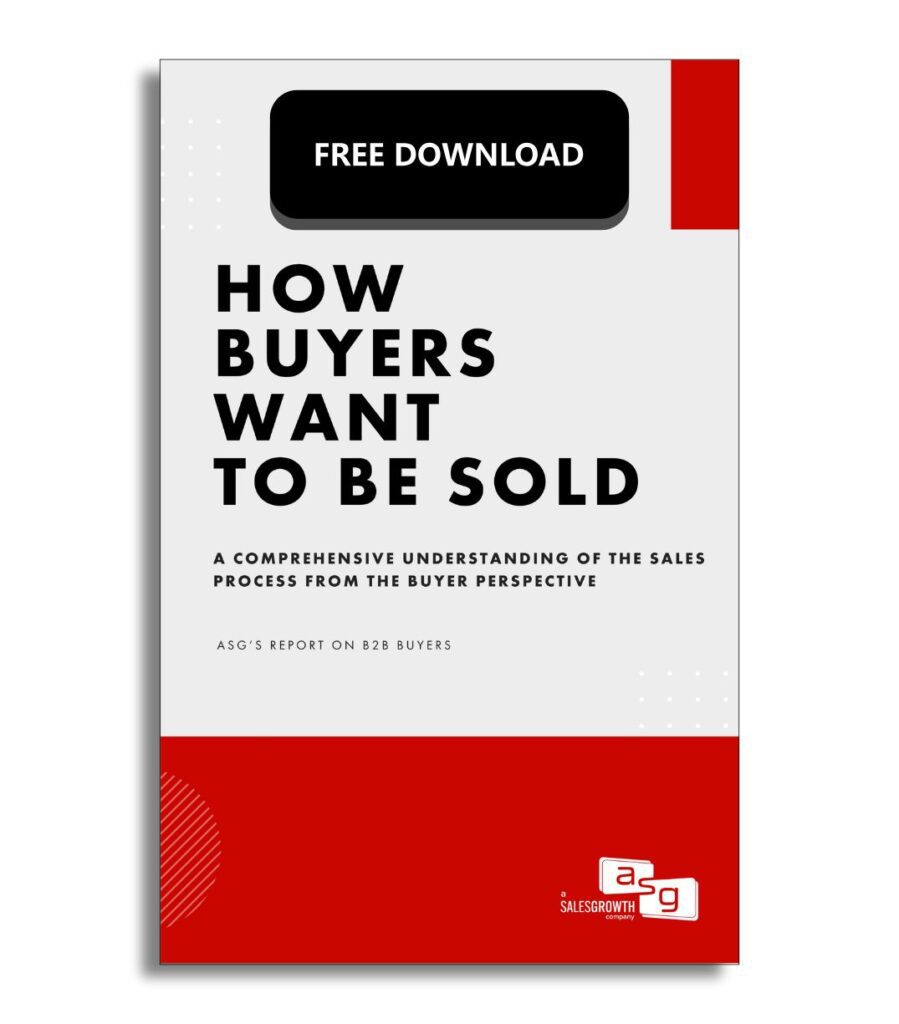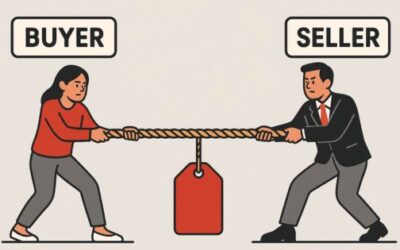Everyone wants more leads. But without clear lead qualification criteria, more leads just means more waste (only 39% of sales orgs apply lead criteria). Reps chase deals that won’t close, pipelines get bloated, and nobody’s hitting quota.
There are a hundred different ways to qualify leads, BANT, MEDDIC, custom scoring models, but most of them overcomplicate the process. Here’s a simpler approach you can implement right now. One that helps you spot who’s worth your time and who’s just filling space.
More leads won’t help if your team can’t separate interest from intent. Build a qualification process that actually works. Fix your team’s lead criteria before scaling outreach.
What Is Lead Qualification?
Lead qualification is the process of evaluating whether a prospect is worth pursuing based on their fit, interest, and likelihood to buy.
Why Most Lead Qualification Frameworks Fall Short
Frameworks like BANT and MEDDIC aren’t useless, they help assess fit or disqualify obvious non-deals out. You can get a sense of whether the buyer matches your ICP, has budget, or fits the right profile. But that’s where their value stops.
These checklists are built around what sellers think makes a good lead. They’re internal scorecards. What they don’t tell you is whether the buyer has a real reason to change, whether they’re motivated to solve a problem, or whether the deal is actually worth your time.
Just because a lead checks the boxes doesn’t mean they’re ready, or willing, to buy.
The Four Lead Qualification Criteria That Actually Matter
You don’t need a complex framework to qualify leads. There are four questions that tell you everything you need to know:
Is there a problem?
If nothing’s broken, there’s nothing to solve. No problem, no deal.
Does the buyer acknowledge the problem?
You can’t sell change to someone who doesn’t agree there’s an issue.
Can you solve it?
Your solution has to directly address the problem.
Is the buyer willing to work with you to fix it?
Engagement matters. If they won’t show up, answer questions, or go deeper, you don’t have a qualified lead.
You need all four. Miss one, and you’re likely chasing a deal that won’t close.
How to Spot a False Positive
Some leads look solid on paper. They fit your ICP, have a budget, and sound interested. But if they’re slow to respond, avoid tough questions, or won’t commit to a real conversation, you’re likely wasting your time.
These are the leads that nod along but never go deep. They’ll take a meeting but won’t participate. They might even ask for a proposal, but you’ll never hear from them again.
A qualified lead shows up ready to talk. They share context, challenge assumptions, and stay involved. If that’s missing, move on. A quiet buyer isn’t a qualified one, no matter how good the profile looks.
Why Engagement Is the Final Filter
Checking boxes isn’t enough. A lead becomes qualified when they actively participate in the process.
That means they return calls, show up to meetings, and answer real questions. They’re willing to share what’s going on and explore what fixing it would look like. Without that level of involvement, you are unable to properly assess the problem environment and accurately build a cost of inaction and motivation for them to buy.
Buyers who won’t engage aren’t ready. Let them go. Spend your time with people who are willing to do the work with you.
Final Thoughts on Lead Qualification Criteria
Lead qualification helps you protect your time. It keeps your pipeline clean and focused on buyers who are ready to solve real problems.
You don’t need a complicated system to do it. Stick to the four core questions. Watch for real engagement. Disqualify fast when it’s missing.
The strongest sellers don’t waste time chasing interest. They qualify with intent and move on quickly when it’s not there.





0 Comments